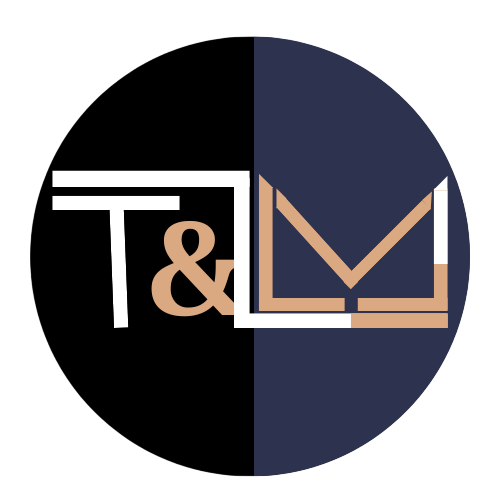If you’re building a business, launching a product, or creating original content, you may have heard the terms trademark, copyright, and patent. While all three forms of intellectual property (IP) protection safeguard different types of assets, they serve distinct purposes. Understanding these differences is crucial to ensuring your brand, creations, and innovations are properly protected.
What Is a Trademark?
A trademark is a word, phrase, symbol, design, or combination thereof that identifies and distinguishes the source of goods or services. It helps consumers recognize and associate a product or service with a specific brand.
Examples of Trademarks:
- The Nike swoosh logo
- The McDonald’s golden arches
- The phrase “Just Do It”
- The unique shape of a Coca-Cola bottle
Trademarks protect brand identity by preventing others from using similar names, logos, or slogans that could confuse consumers. A registered trademark gives the owner exclusive rights to use it in connection with specific goods or services.
A trademark can last indefinitely, as long as it is continuously used in commerce and properly maintained with periodic renewals.
What Is Copyright?
A copyright protects original works of authorship, such as books, music, films, artwork, and software. It grants the creator exclusive rights to reproduce, distribute, perform, display, and create derivative works from the original.
Examples of Copyrighted Works:
- A novel written by an author
- A song composed and recorded by a musician
- A movie script
- Photographs and paintings
- Website content and blogs
Copyright protects creative expression, but it does not protect facts, ideas, or common phrases. It prevents unauthorized reproduction, distribution, or public performance of the work.
How Long Does Copyright Last?
- Works created after January 1, 1978, are protected for the life of the author + 70 years.
- Works made for hire (such as corporate-owned creations) last 95 years from publication or 120 years from creation, whichever is shorter.
What Is a Patent?
A patent protects inventions, granting the inventor exclusive rights to make, use, sell, or license their innovation for a limited period. It prevents others from copying, manufacturing, or selling the invention without permission.
Examples of Patents:
- The iPhone’s touch-screen technology
- Pharmaceutical drugs like the COVID-19 vaccine
- New manufacturing processes
- Innovative kitchen gadgets
Patents protect new, useful, and non-obvious inventions. The invention can be a product, process, machine, composition of matter, or an improvement of an existing product or process.
- Utility patents (covering functional inventions) last 20 years from the filing date.
- Design patents (covering ornamental designs) last 15 years from the grant date.
- Patents cannot be renewed but can be enforced through legal action if infringed.
Key Differences at a Glance
| Feature | Trademark | Copyright | Patent |
| Protects | Brand names, logos, slogans | Creative works (books, music, films, art) | Inventions, products, processes |
| Examples | Nike swoosh, McDonald’s name, Apple logo | Harry Potter books, a song by Taylor Swift | A new drug formula, an iPhone innovation |
| Duration | Indefinite (with renewals) | Life of the author + 70 years | 15-20 years, depending on type |
| Registration Required? | Not required, but highly recommended | Not required, but beneficial | Required to obtain rights |
Which One Do You Need?
If you are building a brand → Get a trademark to protect your business name, logo, or slogan.
If you are creating original content → Secure copyright protection for your artistic, literary, or digital works.
If you are inventing something new → Apply for a patent to prevent others from using your invention.
Understanding the differences between trademarks, copyrights, and patents is essential for protecting your intellectual property. Each form of IP protection serves a unique purpose, and choosing the right one can safeguard your business, brand, or creative works from infringement. If you’re unsure about which protection you need, consulting an experienced IP attorney can help you navigate the process efficiently.
Need assistance with trademark registration or IP protection?
Contact us today for expert guidance on safeguarding your intellectual property.
